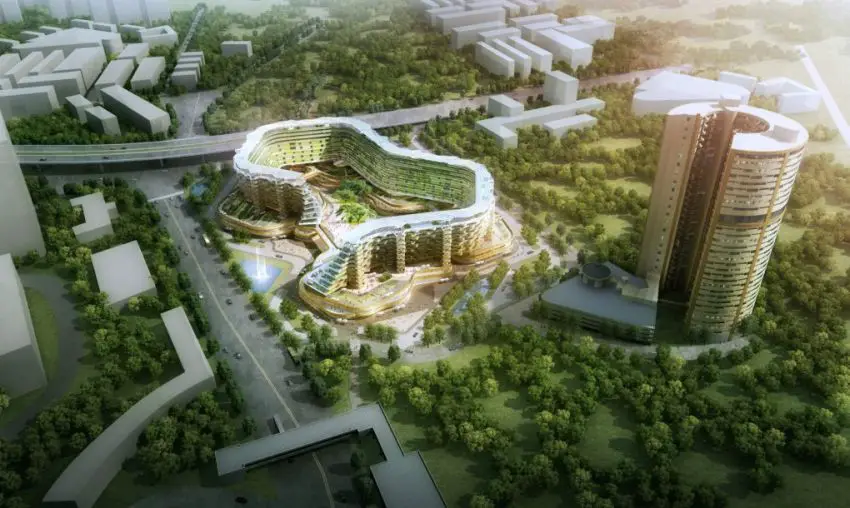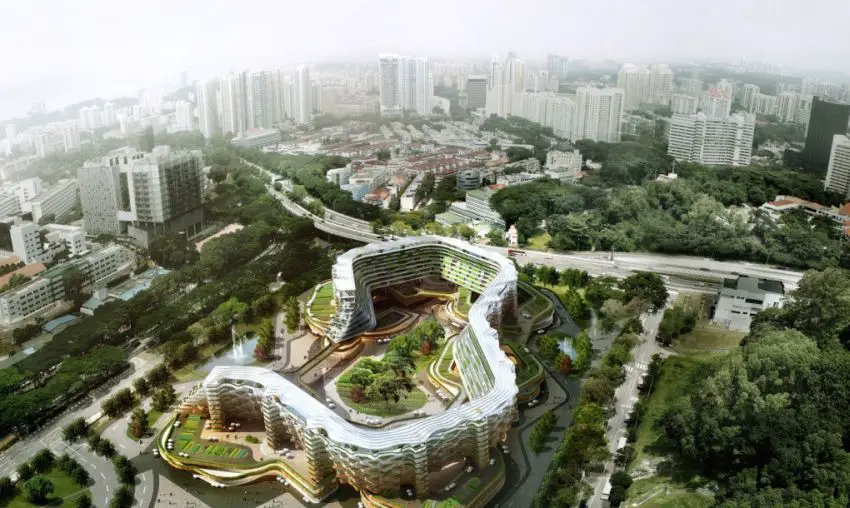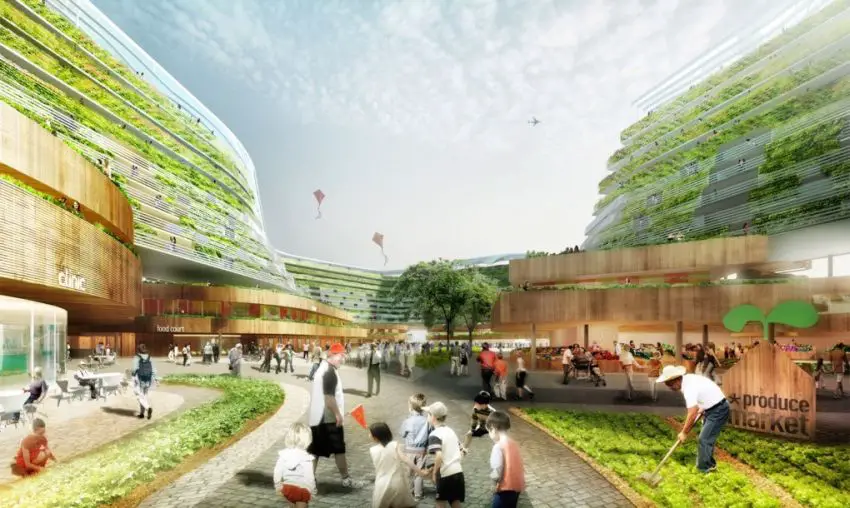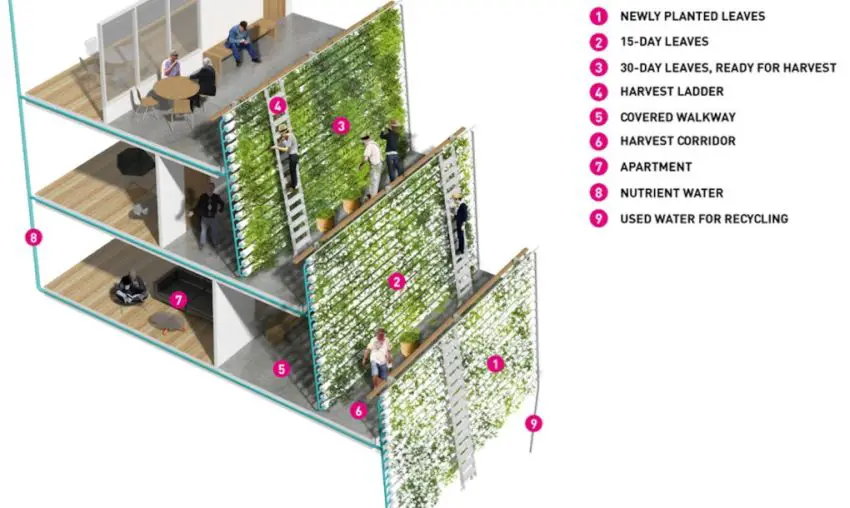Futuristic Retirement Home Comes With A Vertical Garden And Biomass Plant
There’s nothing more fascinating than a project bringing the future into the present and, especially, when we deal with a multi-functional concept. This is what architects with the Singapore-based Spark company did when they came up with a visionary design that tackles elder care and food security. More precisely, presented at the World Architecture Festival, the conceptual proposal combines urban retirement housing with vertical urban farming. In addition to its aquaponic vertical farming system, the eco-conscious Homefarm also includes a roof garden, fruits and vegetable marketplace, and biomass power plant, according to design website Inhabitat.com
Demographers say that by 2030 about 20 per cent of the population in Singapore will be over 65 years old. In this context, designers with Spark came up with the idea of a retirement home completely different from the image such a place conjures up, a sterile and depressing institution. But besides the futuristic architecture, marked by curve lines which give the place a friendly and welcoming feel, the designers also drew staggered terraces and a leafy facade outfitted with an aquaponic vertical farming system. The system is irrigated with collected rainwater and treated gray water, while fish waste provides the nutrients. Agricultural waste is fed into an onsite biomass power plant.

Futuristic retirement home – a special attention was paid to practical aspects

The building features various living spaces, from one bedroom studio to four bedroom apartments to accommodate different needs and the cultural norm of multi-generational housing. All units will have views of the central courtyard and marketplace. Residents would have the option to take up farming as part-time employment and sell their fruits and vegetables for income that could cover expenses such as healthcare bills and community projects.
The project will first implement in Kuala Lumpur, Malaysia’s capital, by 2018, with additional units planned for Singapore and other Asian cities. The vertical farm also addresses food security in a country where 90 percent of food is imported, architects also say.

Futuristic retirement home – the elders can sell their produce at the market in the compound

Daca v-a placut acest articol, alaturati-va, cu un Like, comunitatii de cititori de pe pagina noastra de Facebook.















